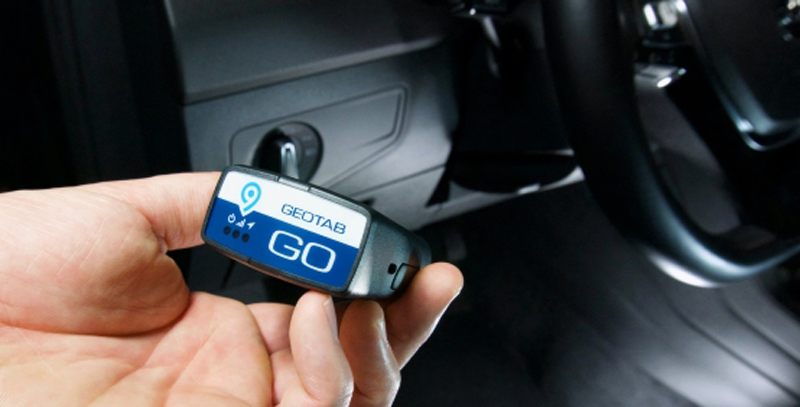
Click image to enlarge
Figure 1. The GO9 device allows you to lead your fleet into the future with expanded capacity for further native vehicle support, improved fuel usage support, electric vehicles and global expansion. Geotab’s technology transforms big data into Smart Data to create Smart ecosystems, which turn into Smart Cities.